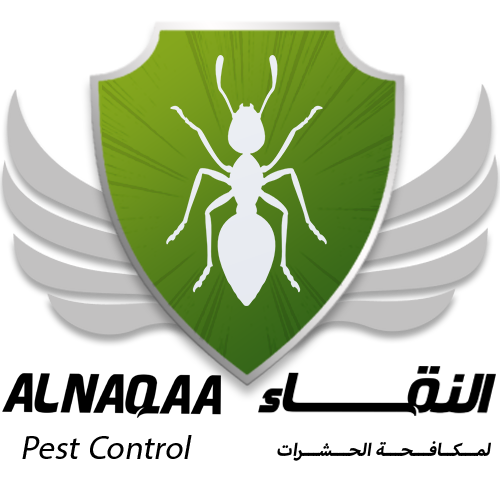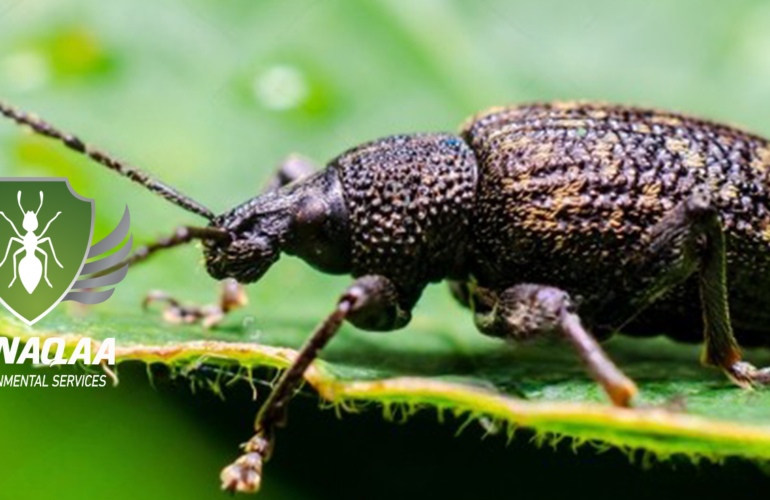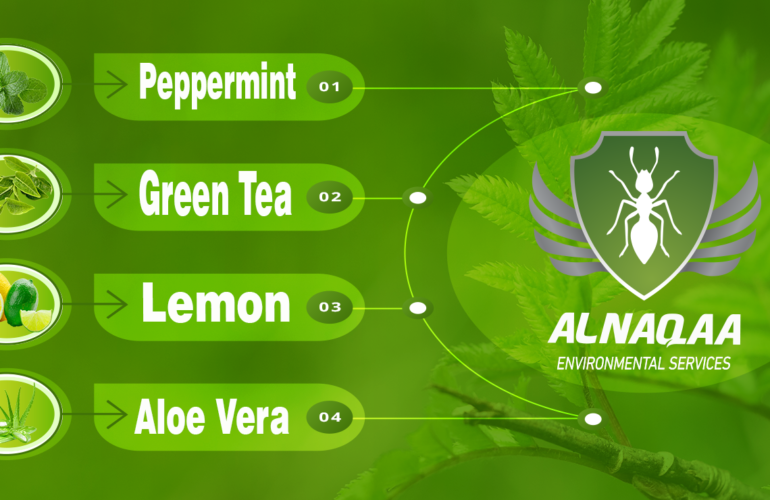Unusual behavior in social insects
Alnaqaa for environmental services- Ras Alkhaima-UNited Arab of Emirates is now seeking to unleash many facts about insects, not only their control, when encountering them as pests but also highlighting the other fascinating side of their world!
Conflicts can arise between pest management strategies and the behavior of social insects, such as ants, bees, and termites. Here are some possible conflicts:
1. Colony disruption: Social insects, particularly those with complex social structures, rely on cohesive colony organization for survival and reproduction. Pest management strategies that directly target the colony, such as insecticides or physical disruption, can disrupt the social structure and functioning of the colony. This can have unintended consequences, including the collapse of the colony or the dispersion of individuals, which may lead to secondary pest problems or ecological imbalances.
2. Chemical communication interference: Social insects often rely on chemical communication through pheromones to coordinate their activities and maintain colony cohesion. Some pest management strategies, such as the use of repellents or insecticides, can interfere with the chemical signals used by social insects for foraging, reproduction, or defense. This interference can disrupt the normal functioning of the colony and hinder their ability to respond effectively to environmental challenges.
3. Non-target effects: Pest management strategies that target specific pests may unintentionally affect non-target social insect species. For example, broad-spectrum insecticides used to control certain pests can also harm beneficial social insects, such as pollinators or predators of other pests. This can have cascading effects on ecosystem dynamics and biodiversity.
4. Resistance development: Social insects, like other pests, can develop resistance to pest management strategies over time. The use of chemical insecticides or other control methods can exert selective pressure on social insect populations, favoring the survival and reproduction of resistant individuals. This can lead to the emergence of pest populations that are more difficult to control and pose greater challenges for pest management efforts.
5. Disruption of beneficial services: Social insects, such as bees, provide vital ecosystem services like pollination. Some pest management strategies, if not carefully implemented, can inadvertently harm or reduce the populations of these beneficial insects. This can have far-reaching consequences for agricultural productivity, biodiversity, and ecosystem health.
To address these conflicts, it is important to adopt an integrated pest management (IPM) approach that considers the ecological context, minimizes non-target effects, and emphasizes sustainable and environmentally friendly pest management practices. This involves a combination of strategies, such as biological control, habitat modification, targeted treatments, and monitoring, to effectively manage pests while minimizing negative impacts on social insects and the broader ecosystem.
Let’s have a look about one of the most important insect groups; namely the social insects.
Social insects, such as ants, bees, and wasps, are known for their complex social structures and their ability to work together to accomplish tasks. However, there are also many examples of unusual behavior in social insects, including:
* **Ants that farm aphids.** Some species of ants, such as the honeypot ant, keep aphids as livestock. The ants feed the aphids with honeydew, which is a sugary liquid that the aphids produce. In return, the ants protect the aphids from predators.
* **Bees that dance.** Honeybees use a complex dance language to communicate with each other. The dance tells other bees where to find food and how far away it is.
* **Wasps that build nests in trees.** Most wasps build their nests in the ground, but some species, such as the paper wasp, build their nests in trees. These nests can be quite large and can house hundreds of wasps.
These are just a few examples of the unusual behavior that can be found in social insects. These insects are fascinating creatures that continue to surprise us with their intelligence and adaptability.
Social insects, such as ants, bees, wasps, termites, and some species of ants, display a wide range of unusual and fascinating behaviors. Here are some examples:
1. Division of labor – Social insects divide labor among members of the colony based on their age, size, and physical abilities. This allows them to efficiently carry out complex tasks such as foraging, nest building, and caring for young.
2. Communication – Social insects use a variety of methods to communicate with each other, including pheromones, visual cues, and vibrations. For example, honeybees use a “waggle dance” to communicate the location of food sources to other members of the colony.
3. Self-sacrifice – Some social insects, such as honeybees and ants, will sacrifice themselves to protect the colony. For example, honeybees will sting intruders and die in the process, releasing a pheromone that signals other bees to attack.
4. Slavery – Some species of ants and termites keep other insects as slaves, forcing them to do work for the colony.
5. Colony relocation – Some social insects, such as army ants, will relocate their entire colony to a new location if the current one becomes unsuitable or if resources are depleted.
6. Farming – Some species of ants and termites cultivate fungus gardens, which they feed on as their primary food source.
7. Nest building – Social insects are skilled architects and engineers, building complex nests and structures using materials such as dirt, wax, and leaves.
Overall, the complex and varied behaviors of social insects are a testament to the remarkable adaptability and intelligence of these fascinating creatures.
Self-sacrifice in social insects;
Self-sacrifice is a common behavior in many social insects, particularly in ants, bees, and wasps. Here are some additional examples of self-sacrifice in social insects:
1. Altruistic suicide – This is a form of self-sacrifice in which an individual insect intentionally sacrifices itself to protect the colony. For example, in certain species of ants, a group of workers will form a ball around an intruder and secrete formic acid, which kills both the intruder and the workers. This behavior is called “altruistic suicide” because the workers sacrifice themselves for the greater good of the colony.
2. Reproductive suicide – In some social insects, such as honeybees, the queen is the only reproductive female in the colony, and the workers are sterile. When the queen dies, the workers will sometimes lay unfertilized eggs, which develop into male drones. These drones are genetically identical to the workers, so the workers are essentially sacrificing their own reproductive potential to produce offspring that are not their own.
3. Defense against predators – Social insects will often sacrifice themselves to defend the colony against predators. For example, some species of bees and wasps will sting predators, even if it means they will die in the process.
4. Colony maintenance – Social insects will also sacrifice themselves to maintain the cleanliness and health of the colony. For example, if a worker ant discovers a sick or dead member of the colony, it will often carry the body outside and dispose of it, even if it means exposing itself to predators or other dangers.
Overall, self-sacrifice is an important behavior in social insects, as it allows the colony to function as a cohesive unit and protect itself against threats.
At last, Alnaqaa for Environmental Services- Ras Alkhaima-UNited Arab of Emirates hopes you liked this new insight into intermingling practice and culture in the insect world.






